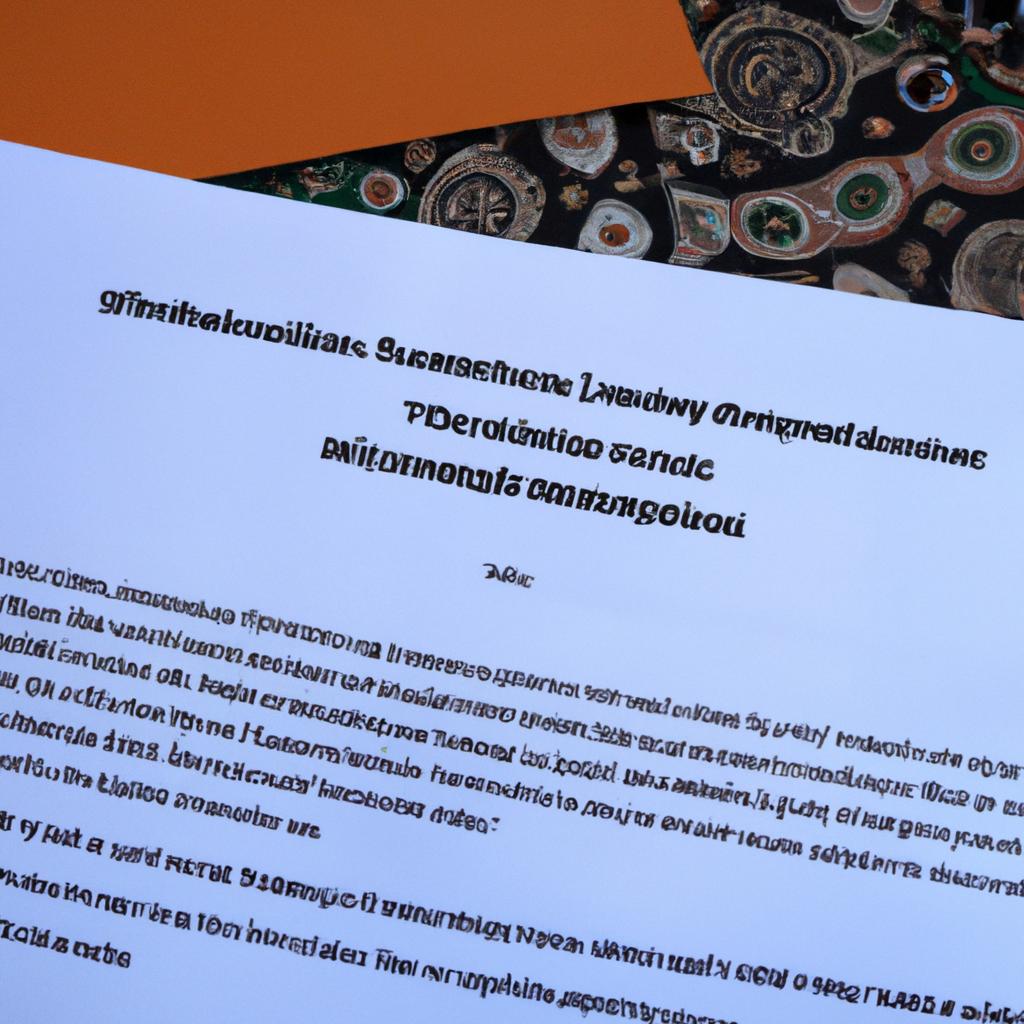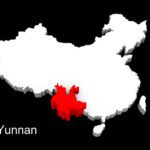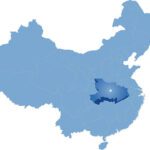The Center for the Scientific Study of Families reports are designed to provide relevant information about the conditional state of families in a specified context. The report provides information such as population, culture, family structure, and family life.
Family reports are an important tool for improving the lives of families. By providing information about the family’s conditional state and context, family reports can help improve communication between families and service providers and lead to better outcomes for families and children.
Introducing Daykundi, Afghanistan
Daykundi
is a province in central Afghanistan, located in the Hazarajat region. Uruzgan borders it to the south, Ghazni and Bamiyan to the east, Ghor to the north and west, and Helmand to the southeast. The provincial capital is Nili. Daykundi has a population of about 516,504 people, the majority of whom are Hazara.
According to climate summaries, Daykundi is a mountainous province with an average elevation of 7,874 feet. The economy of Daykundi is based on agriculture, livestock, and mining. The main crops grown in the province are wheat, barley, and fruits. There are also a number of mines in Daykundi, including copper, gold, and lead mines.
Daykundi has a rich cultural heritage, and the people have preserved traditional arts, crafts, and music. The Hazara community in the province has a distinct culture and history that sets them apart from other ethnic groups in Afghanistan. The European Union Agency for Asylum states that Daykundi has generally been considered one of the more stable provinces in Afghanistan, with fewer security issues compared to some other regions in the country.
Cultural and Ethnic Diversity
In Daykundi, Afghanistan, the predominant ethnic group is the Hazara, who make up the vast majority (about 90%) of the population. The Hazara people are known for their distinct cultural heritage, language, and history within Afghanistan. They are also known for their strong sense of community and their hospitality.
Other smaller ethnic groups also reside in Daykundi, though they are not as numerous as the Hazaras. According to the Naval Postgraduate School, the standard breakdown of these ethnic groups is:
- Aimaks: Aimaks are a subgroup of the larger Hazara community, with their own cultural and linguistic characteristics. They are sometimes considered a separate ethnic group, and they live in various parts of Afghanistan, including Daykundi.
- Pashtuns: The Pashtuns are the second-largest ethnic group in Daykundi, making up about 10% of the population. They are the largest ethnic group in Afghanistan, and they are concentrated in the south and east of the country. The Pashtuns are known for their warrior culture and their strong sense of honor.
- Balochs: The Balochs are a minority ethnic group in Daykundi, making up about 1% of the population. They are concentrated in the south and west of Afghanistan, and they are also found in neighboring Pakistan. The Balochs are known for their strong sense of independence and their traditional way of life.
- Sayed/Sadat: The Sayed/Sadat are a small minority ethnic group in Daykundi, making up about 1% of the population. They are descendants of the Prophet Muhammad, and they are considered to be holy people by many Afghans. The Sayed/Sadat are known for their piety and their charitable work.
Family Demographics
In Daykundi, family structures vary among the different ethnic groups. Traditionally, families tend to be closely-knit, with extended family members often living together or in close proximity. Families usually have a patriarchal structure, with the eldest male assuming a central role in decision-making and family affairs. Elders are highly respected and valued for their wisdom and guidance. However, in recent years, there has been a trend towards smaller, nuclear families.
The average family size in Daykundi, Afghanistan, is about 6 people. The Hazara have the largest average family size, with an average of 7 people per family. The Balochs and the Sayed/Sadat have the smallest average family sizes, with an average of 5 people per family. The Balochs and the Sayed/Sadat are less likely to live in extended families than the Hazara and the Pashtuns.
Information regarding specific marriage and divorce rates in Daykundi was unobtainable; however, some general information about marriages in Daykundi is typically arranged, with families playing a significant role in the matchmaking process. According to the United Nations Population Fund, the mean age at first marriage for males is 24.6 years, and the mean age at first marriage for females is around 21.4 years.
Literacy rates range from about 30% to 60% across Daykundi, with the Sayed/Sadat group having the highest rating due to increased wealth and access to education. Historically, Afghans in Daykundi have been known for their skills in agriculture, animal husbandry, and farming. The Hazaras have traditionally been farmers and craftsmen, while the Pashtuns have been warriors and herders. The Balochs have been nomadic herders and weavers, while the Sayed/Sadat have been religious scholars and teachers.
Conclusion
Family life in Daykundi is diverse and complex, with variations existing both within and between different cultural and ethnic groups. Additionally, the ongoing conflict and geopolitical factors may impact family dynamics in the region. Families may face challenges in accessing essential services, education, and healthcare due to security concerns.
The overall emphasis on community and strong family ties, combined with the unique practices of each ethnic group, contributes to the region’s rich cultural tapestry. This report provided important insight into Daykundi families, but more consistent studies may be helpful in providing more in-depth statistics for the province.





